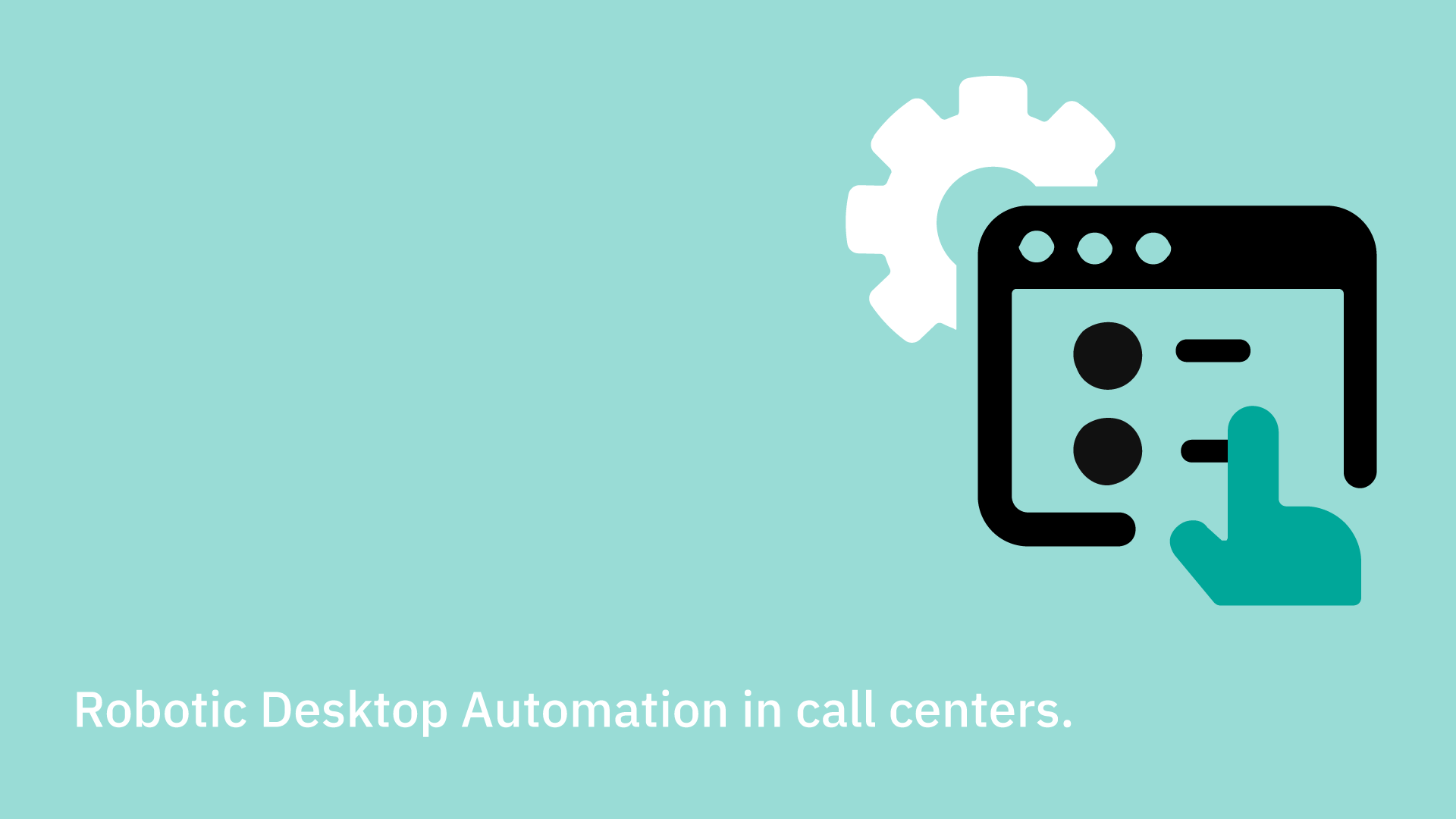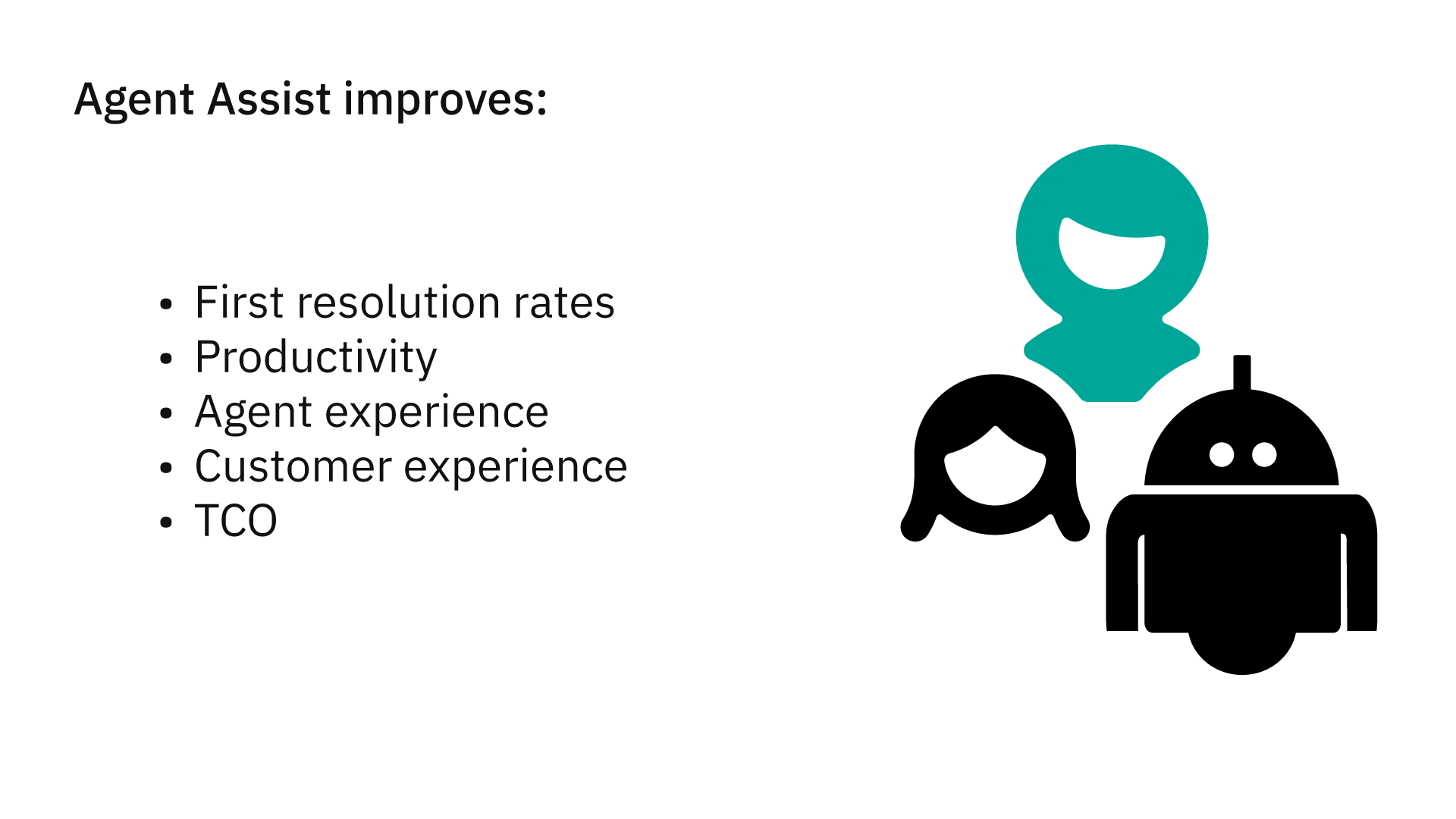Robotic Desktop Automation in call centers.

Ever feel like your call center agents are drowning in repetitive tasks, leaving them with less time for high-value customer interactions? Are both your average handling time and first resolution time sky-high?
This is where Robotic Desktop Automation (RDA) steps in. As a leading provider of customer experience (CX) solutions, we understand the pressure to streamline operations and boost agent productivity. This article dives deep into how RDA solutions leverage the power of automation to revolutionize your call center. We'll explore the specific benefits you can expect, along with real-world examples showcasing the transformative impact of RDA on CX. Get ready to unlock a new era of agent empowerment and customer satisfaction – all powered by Robotic Desktop Automation.
What exactly is Robotic Desktop Automation?
Transcom’s vision is to create superhero agents by empowering them with the latest tech. And every superhero needs a sidekick, right? Imagine a tireless assistant who can handle the nitty-gritty tasks on your computer while you focus on the big picture - that's the essence of Robotic Desktop Automation. RDA utilizes software bots that act like digital sidekicks, mimicking human actions on your computer desktop. These bots can navigate through applications and websites, interact with various systems, and execute tasks based on programmed instructions – just like a loyal sidekick who remembers every detail and follows your every command.
Why does it do this? In order to allow the agent to focus on the most important part - helping the customer - RDA handles the most mundane tasks. Need the date for when the customer last called? Here you go. Need a quick comparison of different payment plans? Yup, right here. How about potential benefits for the customer with an upsell? Your digital sidekick has you covered.
Unlike a sidekick who might make mistakes or need breaks, RDA bots are programmed for precision and tireless execution. They can follow complex sequences of actions flawlessly, ensuring every step is completed meticulously. This frees the agents to dedicate their energy and expertise to the most critical aspects of the job.
The best thing about this is that with the advent of AI robotic desktop automation just keeps getting better. To continue the sidekick analogy, it’s like they’ve been training up to be better, faster, more efficient. With AI, RDA can do everything it’s good at but in advance. Anticipating what information the agent will need based on the contextual clues of the conversation - or - providing anticipatory guidance towards the next best step in the interaction.
How is it different from Robotic Process Automation?
Robotic Desktop Automation (RDA) and Robotic Process Automation (RPA) share a common goal: streamlining tasks through automation. However, they differ significantly in their scope and user interaction.
Different scopes.
RDA focuses on empowering the individual user within their own desktop environment. It automates tasks performed on applications and programs that the user directly interacts with. Think of RDA as a highly-tailored personal assistant that streamlines your individual workflow, eliminating tedious distractions. In contrast, RPA has a broader reach, automating processes across multiple applications, desktops, and even entire departments. While powerful, RPA often resembles a centralized system focused on complex back-end processes – potentially less personalized for the individual user.
Different levels of user interaction.
The sidekick analogy wasn’t just for show - RDA works in tandem with a human agent. The automation complements the user's work by handling repetitive tasks within the same application or program the user is actively using. For instance, an RDA bot might automatically populate data fields in a customer service application while the agent interacts directly with the customer. RPA, on the other hand, is designed to function with less user input. It can execute predefined processes across various systems without requiring constant human intervention. This can also make it more rigid due to its predefined nature.
In essence, RDA is a user-centric automation tool focused on helping the individual user as much as possible, while RPA is an enterprise-level solution designed for automating complex workflows across interconnected systems. None is better than the other as they represent two distinct approaches to automation, each suited for different needs within an organization.

What are its benefits?
Now that we’re done with the nitty gritty, let’s focus on what’s actually important - how exactly does it help your business. Robotic Desktop Automation introduces a surge of efficiency and productivity into workflows. As we mentioned, by automating repetitive, mundane tasks, bots work tirelessly at speeds that outpace human capabilities. This frees up agents' time, allowing them to dedicate their focus to higher-value work. Moreover, RDA bots operate around the clock, maximizing output and minimizing customer wait times – a crucial advantage in the fast-paced business landscape.
RDA champions accuracy and compliance. Bots meticulously adhere to pre-programmed rules, drastically reducing the risk of human errors that often plague data entry and similar processes. This commitment to precision makes RDA an asset in industries with strict regulatory requirements. As anyone who has worked as an agent knows, human clerical errors due to a lack of focus are unavoidable, especially nearing the end of the shift. Eliminating this not only boosts productivity because the agent can work faster but also improves the agent experience because they no longer need to focus on data entry.
The cost-saving implications of RDA are undeniable. By automating tasks, businesses reduce operational expenses associated with manual labor. Additionally, RDA solutions offer scalability, swiftly adapting to match the needs of a growing business without needing substantial investments in new hires.
How does Transcom do Robotic Desktop Automation?
The prime example of both RDA and Transcom’s attitude toward the implementation of AI in CX is Agent Assist.
It seamlessly integrates into your workspace to transform agent efficiency and optimize the customer experience. Skill-based routing intelligently directs inquiries to the most qualified agents, ensuring customers receive the right support from the start. The knowledgebase, deeply intertwined with the agent interface, empowers the AI to respond in clear, natural language, drawing information from multiple sources for comprehensive answers. Automated response suggestions and next-best-action recommendations further streamline agent workflows, allowing for swift resolutions - such as instantly initiating processes with a single button.
AI Agent Assist also champions personalized experiences as the AI seamlessly pulls relevant customer data from your CRM to tailor each interaction. Adherence to business policies is strictly maintained for reliable compliance. Additionally, the ability to access conversation transcripts and summaries provides valuable insights for both agent coaching and process improvement over time.
Also, by combining Robotic Desktop Automation with AI solutions like Transcom’s Automated Translation enables you to pick agents purely based on skill, not their native language, and it empowers them to be even better than before